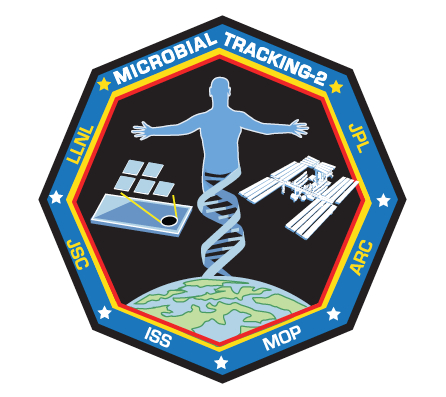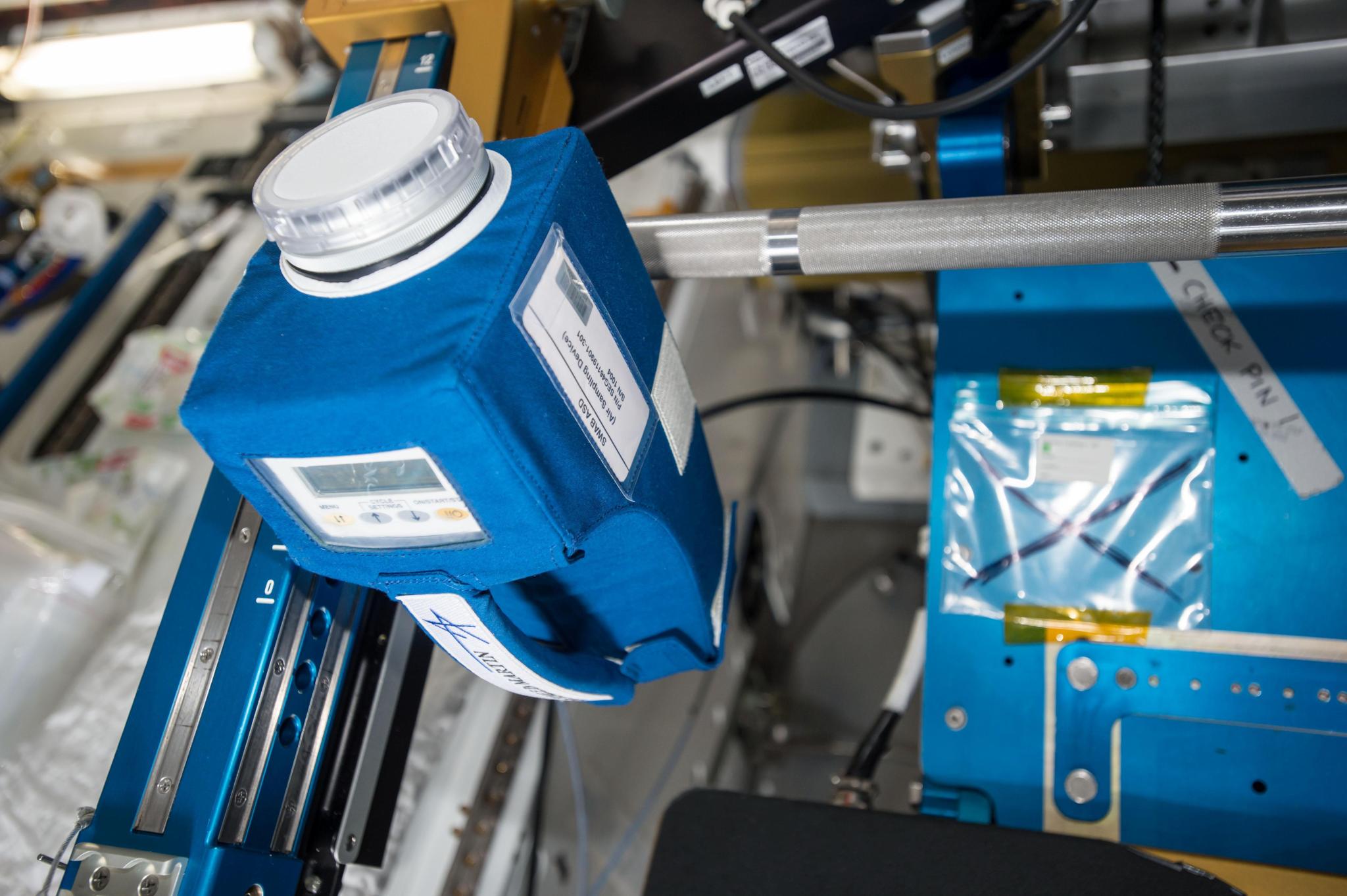Microbial Tracking-2 (SpaceX-11)
International Space Station—Microbial Observatory of Pathogenic Viruses, Bacteria, and Fungi (ISS-MOP) Project
Microbial Tracking-2 is a Space Biology investigation cataloging and characterizing potential disease-causing microorganisms aboard the International Space Station (ISS). Crew samples from pre-flight, in-flight, and post-flight timepoints and environmental samples from ISS surface and air locations are being collected over multiple increments in order to generate a microbial inventory and identify spatial and temporal patterns in microbial diversity.
This study uses a combination of traditional culture-based methods and newer, more comprehensive molecular analyses to identify microbes and viruses on the ISS and crew and to measure their disease-causing potential. Using a combination of methods allows for a more comprehensive analysis of the diversity and the disease-causing potential of pathogens aboard the ISS.
Findings from the Microbial Tracking-2 study will provide NASA with tools to estimate risks to crew health and spacecraft performance stemming from microbial growth onboard a crewed space vehicle. Understanding these risks will be especially important for planning long-duration crewed missions, for which pathogenic microbes could lead to mission-ending scenarios. Data from this investigation will be made available to the scientific community through an open-access database developed by NASA called GeneLab.
Sampling began in 2016 with pre-flight sampling from the first participating crew member and is continuing now with the fourth participating crew member. Each crew member who participates contributes samples of their own microbiome twice before launching to the ISS, three times while on-orbit, and three times after returning to Earth. They are also responsible for the environmental sampling portion of this study; each participating crew member collects air and surfact samples from the ISS once during their stay on the Space Station.
Project manager: Elizabeth Pane, NASA Ames Research Center
Mission scientist: Fathi Karouia, Ph.D., FILMSS, NASA Ames Research Center
Principal investigator: Crystal Jaing, Ph.D., Lawrence Livermore National Laboratory
Co-investigator: Satish Mehta, Ph.D., Wyle Laboratories, Inc., NASA Johnson Space Center
Co-investigator: Duane L. Pierson, Ph.D., NASA Johnson Space Center
Co-investigator: David Smith, Ph.D., NASA Ames Research Center
Co-investigator: Kasthuri Venkateswaran, Ph.D., NASA Jet Propulsion Laboratory
More Information:
See the Microbial Tracking-1 mission webpage
For more information, see the Space Station Research Explorer for the Microbial Tracking-2 mission.





























